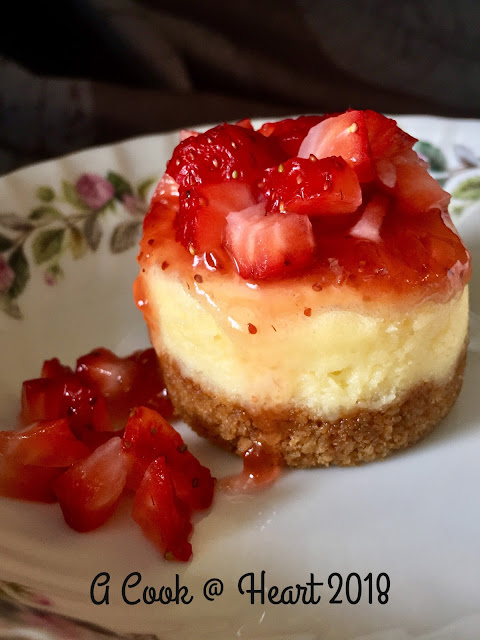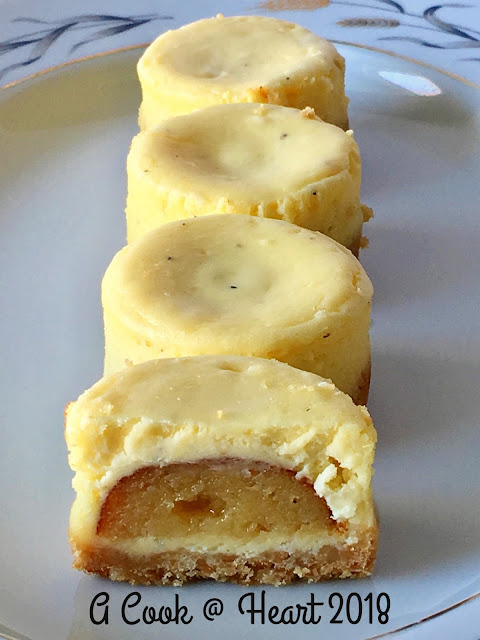A family get together at my Ajji's (Grandmother) home was always the happiest of times. We all sat together talking, laughing, with the 'kid gang' doing idiotic stuff and hooting with hysterical laughter at ourselves.
There was music, my Mama (maternal uncle) had a vast collection of cassettes and we would listen to tape after tape of Lata, Rafi, Kishor Kumar or perhaps Manna Dey.
Ajji made lots of food to feed her hungry family and dessert, favored by the 'bachhe mandali' (kids) was gulab jamun (except during Ganpati festival, then it was ALWAYS puran poli and modak).
We, cousins, would peep into the big pot full of plump gulab jamuns and mentally pick out the biggest and the best looking. So when it was actually time to eat dessert, we would point to the ones we wanted. Our parents would rebuke us saying they all are the same, but Ajji never said a word, she would patiently pick out the ones we pointed to and serve us. It was her love that made them the best gulan jamuns in the universe.
We would sit on the floor, cross legged and out 'vati' (steel bowl) in front of us and Mama would dim the lights, and then he would play songs. We knew many of these songs and we would sing along and enjoy our dessert.
Satisfied, we would then curl up in our respective mom's laps and listen to the melodies in the background as they gently lulled us to sleep.
As time passed, we all went our separate ways, job, marriage, moving to a new city or country, but with those precious, precious memories warming our hearts when we missed one another and most importantly, missed Ajji.
I sat at the dining table, holding a tin of Haldiram's Gulab Jamun a guest had brought, thinking of all those days, missing home and family.
That wouldn't do, at all! Shaking off the nostalgia, I packed the tin in the pantry and went about doing what needed to be done.
But when I picked up this book from the library, I could not resist trying out the cheesecake.
I love, love, love cheesecake.
The first time I made this recipe, it turned out delicious, but I had to make some adjustments. The recipe was for 6 cheesecakes ( small ). I needed to adjust the quantity a bit as well as the baking time
to get it right.
I topped my first batch with Strawberry preserves and fresh strawberry.
My son was thrilled and loved this mini cheesecake. As against the regular Graham crackers, I used some lemon cookies I had at home for the crust. The light burst of lemon and the strawberries worked well.
It certainly was very tasty, but a tad over baked, in my opinion. The top sunk in the middle too.
We didn't care about the sunken top, we loved every single bite.
Mini bites disappear fast.
I made a second batch, this time I made small changes. With the previous batch, I followed the exact measurements and that yielded 11 mini cheesecake bites. If I had made them smaller, I could have made 12, but that would have been a bit too mini, for my liking. So with the second batch I adjusted the baking time and the quantity (added 2 tbsp cream cheese).
It worked out well, the cheesecake bites were perfect and 12 in number.
Batch 2 had some Nutella swirled into each bite.
The last batch I made were a fusion batch, East meets West.
I pulled out the tin sitting in the pantry. This, would make great dessert.
Here's how:
1 1/2 cup Marie Biscuits (available in all Indian stores), crushed
2 Tbsp Unsalted butter, melted
1/3 cup Granulated sugar ( I took off some from this as the gulab jamun is also rather sweet, but this is optional)
One 8 oz. packet + 2 tbsp Cream Cheese , softened (room temp)
1 large Egg
2-3 cardamom pods (remove the seeds and powder them)
6 Gulab Jamun pieces, halved ( do not use any syrup) I used ready made, if you have home made, those, IMHO are EVEN better!
Do the prep:
Make sure the ingredients ( cream cheese, egg, gulab jamun are at room temp. Melt the butter and let it come to room temp) are ready and set in place.
Preheat the oven to 350 F
Make sure the small inner disc of the cheesecake pan is in place and ready.
Pick out the gulab jamun and let them sit on a plate, I kept mine in a colander to let the excess syrup out. Halve them. Set aside.
Crush the cookies, I used my chopper to crush the cookies and then I added the melted butter to the chopper and pulsed it to make the base. If you do not have a chopper or a food processor, just add the cookies to a ziploc bag and use a rolling pin to crush and make a powder. Remove from the bag and add the melted butter to make the base.
Portion the mix into the cheese cake pan and press down well to create a smooth base. Set aside.
In a deep saucepan, add the soft cream cheese, and using a hand / immersion blender with the wire whisk attachment, whip the cream cheese till it is lump free, smooth and fluffy.
You can also use the stand mixer bowl, but since the quantity is so little, it won't work as well. You can also use a manual whisk.
Add the cardamom powder and the egg and beat until just combined.
Spoon a little of this batter into the prepared cheesecake pan, over the cookie base. Place one halved piece of gulab jamun in the center and then pour the cheesecake batter over the jamun. Ensure that just 2/3 of the 'cake well' is filled.
Repeat for the remaining pieces.
Bake in the oven (middle rack) of the oven for 8 mins. ( this is what worked for me. As oven temperatures vary, keep an eye, you might need an additional minute or so)
Pull out the pan and set it to cool. The cheesecake tops will have the slightest jiggle/ look sort of uncooked in the middle, at this stage. That is perfect.
Let the cheesecake bites cool in the pan for a bit. Then carefully remove ( push the removable plate at the bottom to pop the bites up) the cheesecake and place them on a rack to cool completely.
Cool them in the fridge to set completely.
Serve once they are chilled and set.
Notes:
- In all the 3 batches, I used different base cookies. Lemon cookies (for the cheese cake with strawberry topping), Graham Crackers ( for Original Cheesecake) and Marie biscuits (for the fusion Gulab Jamun cheese cake). All 3 worked well.
-The top will sink a little, don't worry about it.
-Unlike the traditional cheesecake, we do not use a water bath.
-As per the original recipe, this makes 6 mini cheese cakes
- This is a make ahead dessert.

























